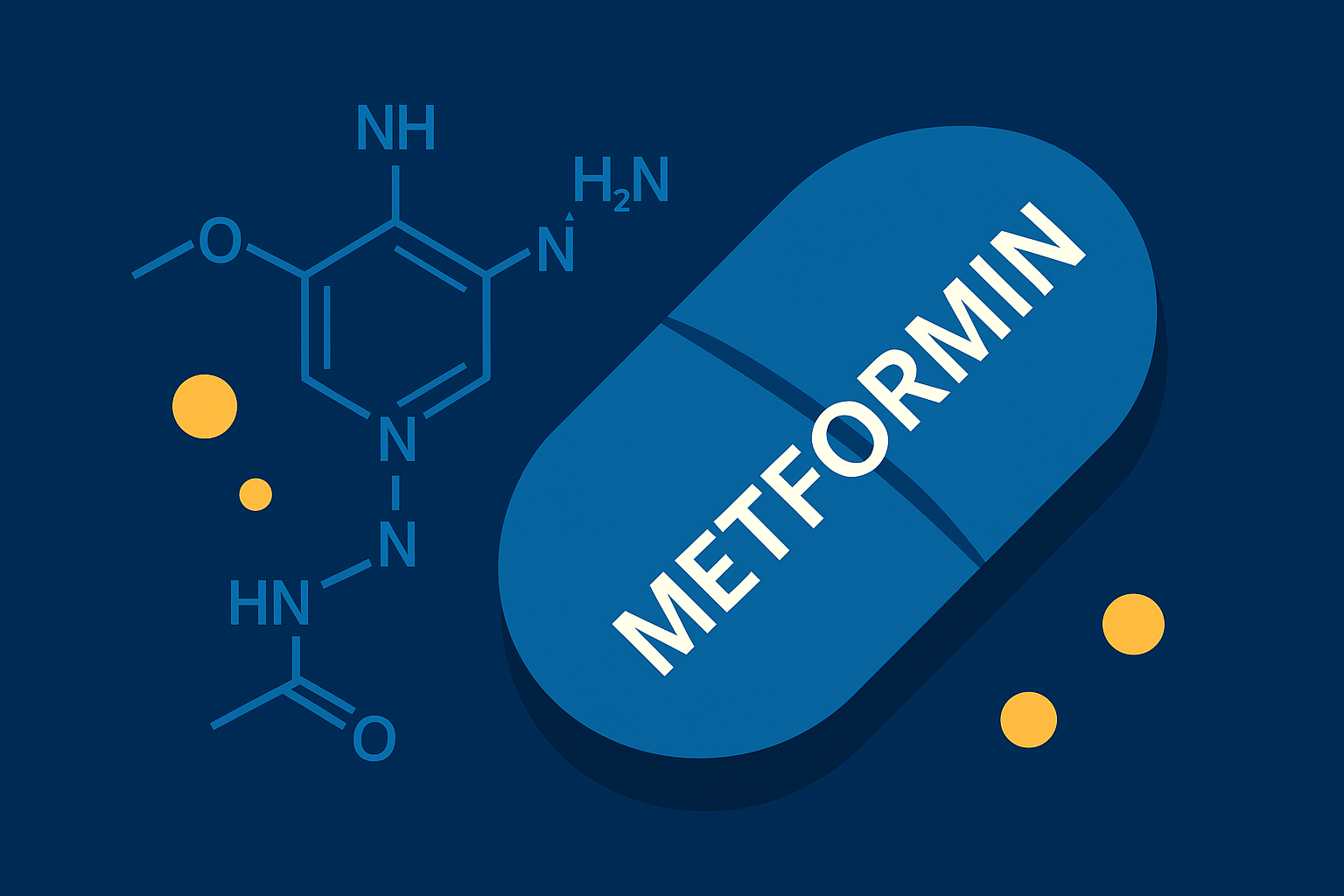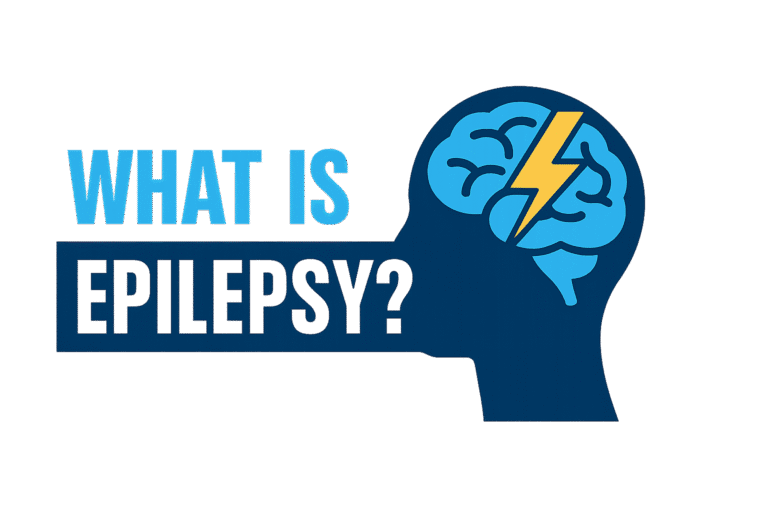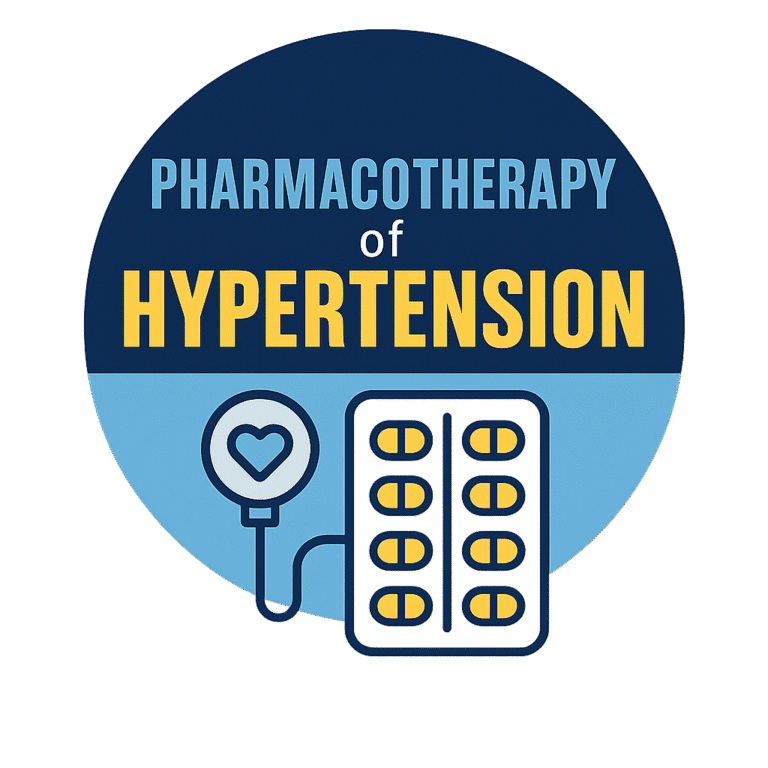3D Printing in Pharmaceuticals: Pioneering the Future of Personalized Medicine
By PETC | May 30, 2025
3D Printing in Pharmaceuticals technology is revolutionizing the pharmaceutical industry by enabling the creation of personalized medications tailored to individual patient needs. This innovation allows for precise dosing, improved drug release profiles, and the combination of multiple medications into a single tablet, offering significant benefits, especially for pediatric and geriatric patients.
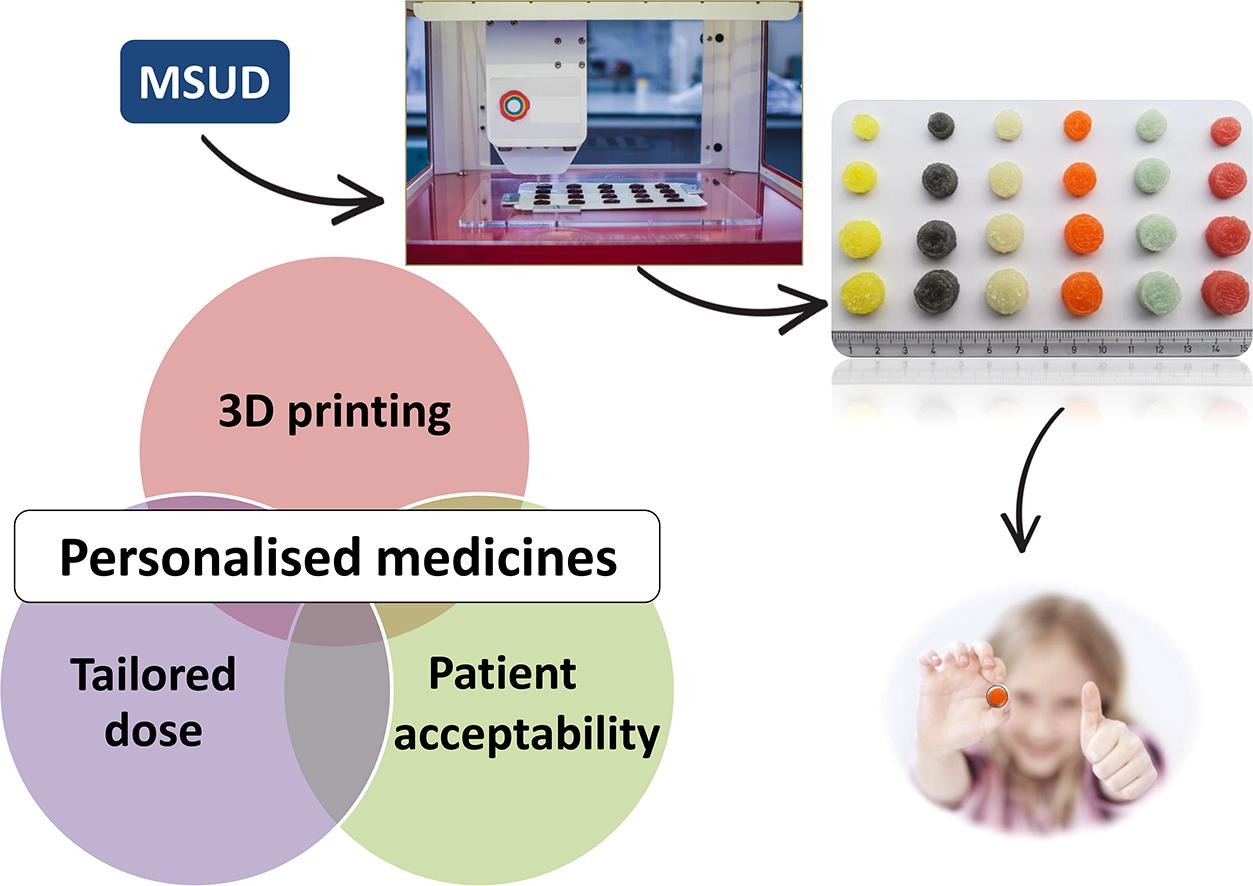
Advancements in 3D Printing for Personalized Medicine
3D printing enables the fabrication of complex drug formulations with customized shapes, sizes, and release characteristics. This technology facilitates:
- Precise Dosing: Tailoring medication strength to individual patient requirements.
- Controlled Release Profiles: Designing tablets that release drugs at specific rates and times.
- Polypills: Combining multiple medications into a single tablet to simplify treatment regimens.
These capabilities are particularly beneficial for patients requiring complex dosing schedules or those who have difficulty swallowing multiple pills daily.
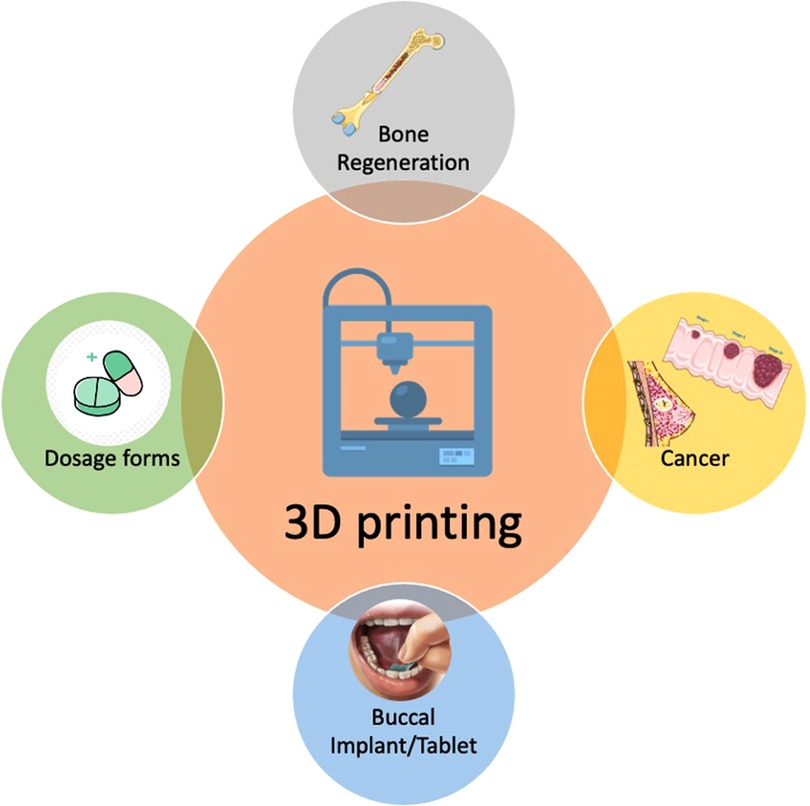
Benefits for Pediatric and Geriatric Patients
Children and older patients often face challenges with standard medication forms. 3D printing addresses these issues by:
- Creating chewable or rapidly dissolving tablets with appealing flavors.
- Adjusting tablet sizes for easier swallowing.
- Reducing the number of pills needed daily through combination therapies.
These personalized solutions enhance medication adherence and overall treatment effectiveness.
Challenges and Considerations
While 3D printing offers numerous advantages, several challenges must be addressed for widespread adoption:
- Regulatory Hurdles: Establishing guidelines for the approval and quality control of 3D-printed medications.
- Technical Limitations: Ensuring consistency and reliability in the printing process.
- Cost and Accessibility: Making the technology affordable and available in various healthcare settings.
Ongoing research and collaboration among stakeholders are essential to overcome these obstacles.
Enhance your knowledge in pharmaceutical sciences and prepare for the OPRA exam with our comprehensive course.
Conclusion
3D printing stands at the forefront of personalized medicine, offering innovative solutions to tailor treatments to individual patient needs. By addressing current challenges and embracing this technology, the pharmaceutical industry can significantly improve patient outcomes and revolutionize healthcare delivery.


